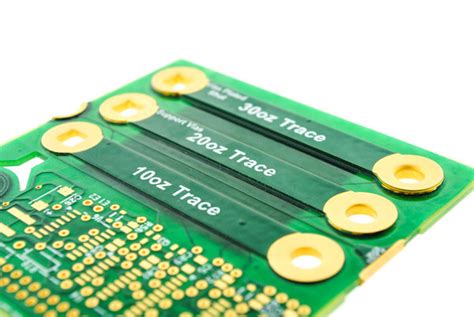
RF & Microwave Blog
-
What Is Copper Based PCB
Posted by
–
 Read more: What Is Copper Based PCB
Read more: What Is Copper Based PCBIntroduction to Copper PCB Printed Circuit Boards (PCBs) are the backbone of modern electronics, providing a platform for interconnecting electronic components in a compact and efficient manner. Among the various materials used in PCB fabrication, copper stands out as the most commonly used conductor due to its excellent electrical and […]
-
Thick copper PCBs
Posted by
–
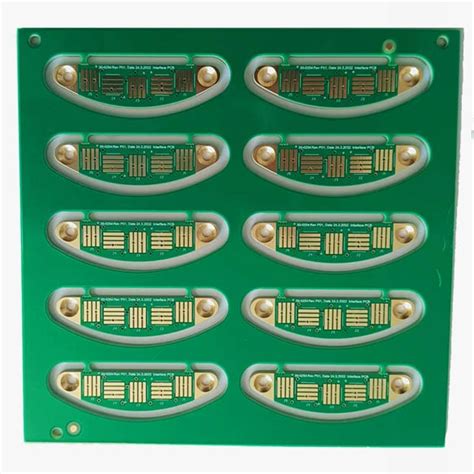 Read more: Thick copper PCBs
Read more: Thick copper PCBsIntroduction to Copper PCBs Printed Circuit Boards (PCBs) are essential components in modern electronics, providing a platform for interconnecting electronic components and enabling the functioning of complex circuits. Among the various types of PCBs, thick copper PCBs have gained significant attention due to their unique characteristics and advantages in specific […]
-
Tenting vias plugged vias and via in pad
Posted by
–
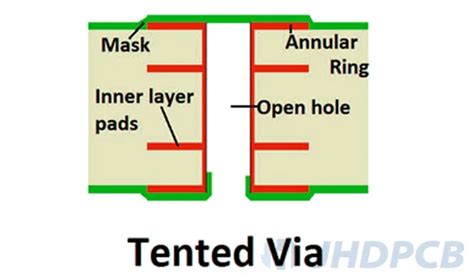 Read more: Tenting vias plugged vias and via in pad
Read more: Tenting vias plugged vias and via in padIntroduction to Vias in PCB Design Vias are an essential component of printed circuit board (PCB) design, allowing electrical connections between different layers of a multi-layer PCB. They are small holes drilled through the PCB and plated with a conductive material, typically copper, to create an electrical pathway. Vias come […]
-
 Read more: Check Now RAYPCB Updates its Standard Stackup for Multi layer PCBs
Read more: Check Now RAYPCB Updates its Standard Stackup for Multi layer PCBsIntroduction to RAYPCB Stackup RAYPCB, a leading manufacturer of high-quality printed circuit boards (PCBs), has recently updated its standard stackup for multi-layer PCBs. This update aims to enhance the performance, reliability, and manufacturability of PCBs, catering to the ever-evolving needs of the electronics industry. In this article, we will delve […]
-
FR 4 PCB Manufacturing
Posted by
–
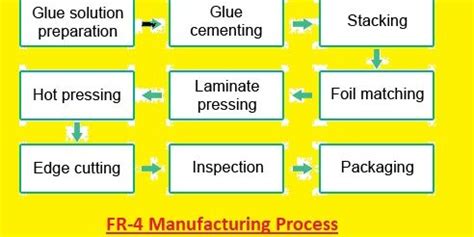 Read more: FR 4 PCB Manufacturing
Read more: FR 4 PCB ManufacturingWhat is FR4 and Why is it Used for PCBs? FR4 (Flame Retardant 4) is a composite material composed of woven fiberglass cloth with an epoxy resin binder that is flame resistant. FR4 is the primary insulating substrate material used for the vast majority of rigid printed circuit boards (PCBs). […]
-
 Read more: Expedited medium and small volume PCB fabrication with 72 hours lead time on RAYPCB
Read more: Expedited medium and small volume PCB fabrication with 72 hours lead time on RAYPCBIntroduction to RAYPCB Rapid PCB Fabrication RAYPCB is a leading PCB fabrication service provider that specializes in rapid prototyping and small to medium volume production. With state-of-the-art manufacturing facilities and a dedicated team of experts, RAYPCB offers expedited PCB fabrication services with lead times as short as 72 hours. This […]
-
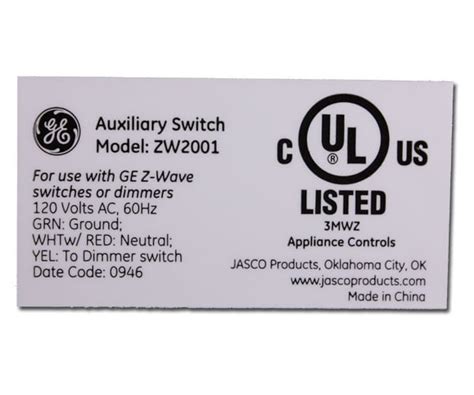 Read more: What is UL certification and How to mark it on the circuit board
Read more: What is UL certification and How to mark it on the circuit boardIntroduction to UL Certification UL (Underwriters Laboratories) is a global safety certification company that has been testing and certifying products for over a century. UL certification is a widely recognized mark of safety and quality for electrical and electronic products, including printed circuit boards (PCBs). In this article, we will […]
-
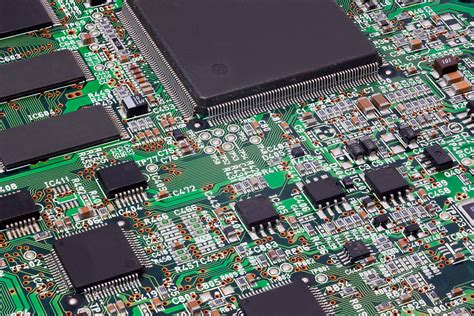 Read more: An Industrial Process of Printed Circuit Board Assembly
Read more: An Industrial Process of Printed Circuit Board AssemblyOverview of PCB Assembly PCB assembly is the process of attaching electronic components to a printed circuit board. The primary goal is to create a functional electronic device by establishing electrical connections between the components and the board. The process involves several stages, including component placement, soldering, inspection, and testing. […]
-
What Is Copper Clad Laminate CCL
Posted by
–
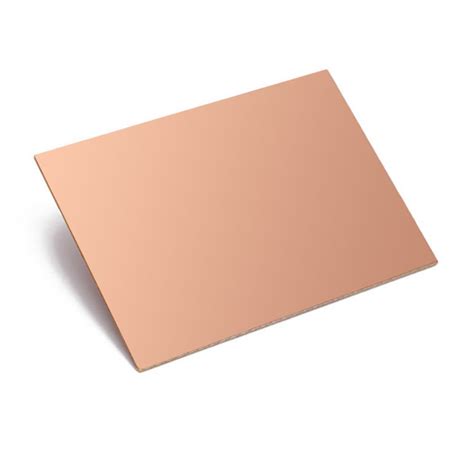 Read more: What Is Copper Clad Laminate CCL
Read more: What Is Copper Clad Laminate CCLComposition of Copper-Clad Laminate Copper-Clad Laminate is composed of two main components: Copper Foil: A thin layer of copper, usually ranging from 0.5 oz to 3 oz per square foot (17 to 105 μm thick), is used as the conductive material. The copper foil is typically electrodeposited or rolled and […]
-
What is PCB panelization
Posted by
–
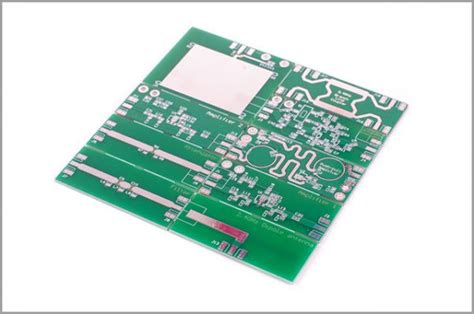 Read more: What is PCB panelization
Read more: What is PCB panelizationHow PCB Panelization Works The panelization process typically follows these steps: Individual PCB designs are created in CAD software The separate designs are arranged in an optimized layout on a larger manufacturing panel Tooling holes, fiducials, test coupons, and break-off tabs are added to the panel The combined panelized design […]
Recent Posts
- How to Select Material for Your PCBs from Cost and Reliability Considerations
- Problems of EMC Technology Application in PCB Design of Electronic Devices and the Strategies
- Fabrication Technology on Flex-Rigid PCB Window
- Problems of High-Frequency and High-Speed Multilayer PCB Fabrication and Their Solutions
- Key Difficulties and Tips for Backplane PCB Fabrication